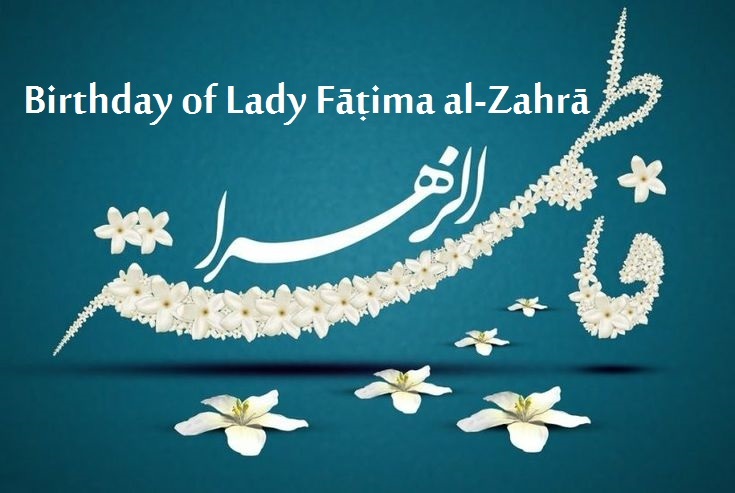READ MORE

The Month of Jumād al-Thāni 1447 A.H.
Jumada al-Thani (Arabic: جُمَادَىٰ ٱلثَّانِي, romanized: Jamād al-Thānī, lit. 'The second Jumada'), also known as Jumada al-Akhirah (Arabic: جُمَادَىٰ ٱلْآخِرَة, romanized: Jumādā al-ʾĀkhirah, lit. 'The final Jumada'), Jumada al-Akhir (Arabic: جُمَادَىٰ ٱلْآخِر, romanized: Jumādā al-ʾĀkhir), or Jumada II, is the sixth month of the Islamic calendar. The word Jumda (Arabic: جمد), from which the name of the month is derived, is used to denote dry, parched land, a land devoid of rain. [citation needed] Jumādā (Arabic: جُمَادَىٰ) may also be related to a verb meaning "to freeze", and another account relates that water would freeze in pre-Islamic Arabia during this time of year.
It was common practice for the people of pre-Islamic Arabia to name the months according to the season that they occurred in, or the common practices of the time. The word Jumada derives from a word meaning dry parched land, or a land devoid of rain. It could also mean to freeze. This could be related to the weather conditions at the time when the months were first named historically. However, as the Islamic year operates on the lunar calendar and therefore moves forward 11-12 days each year. This means that the name of the month may no longer correspond to the weather conditions it was named after, or the practices originally associated with it. Jumada al-Thani is not a special month of worship, but Allah (SWT) and His messenger the Prophet (SAW) recommend voluntary acts such as giving charity, recitation of the Qur’an, Istighfar and voluntary prayers all the year round. It is important to use your time wisely. For the Believer, every moment, every day is a precious opportunity for reward and to wipe sins away with good deeds.
It was common practice for the people of pre-Islamic Arabia to name the months according to the season that they occurred in, or the common practices of the time. The word Jumada derives from a word meaning dry parched land, or a land devoid of rain. It could also mean to freeze. This could be related to the weather conditions at the time when the months were first named historically. However, as the Islamic year operates on the lunar calendar and therefore moves forward 11-12 days each year. This means that the name of the month may no longer correspond to the weather conditions it was named after, or the practices originally associated with it. Jumada al-Thani is not a special month of worship, but Allah (SWT) and His messenger the Prophet (SAW) recommend voluntary acts such as giving charity, recitation of the Qur’an, Istighfar and voluntary prayers all the year round. It is important to use your time wisely. For the Believer, every moment, every day is a precious opportunity for reward and to wipe sins away with good deeds.
The Demise of Lady Umm al-Banin

On Thursday, the 4th of December 2025 A.D. (the 13th of Jamādi al-Thāni 1447 A.H.)
READ MORE
The time of Lady Fāṭimah’s martyrdom and the position of her grave
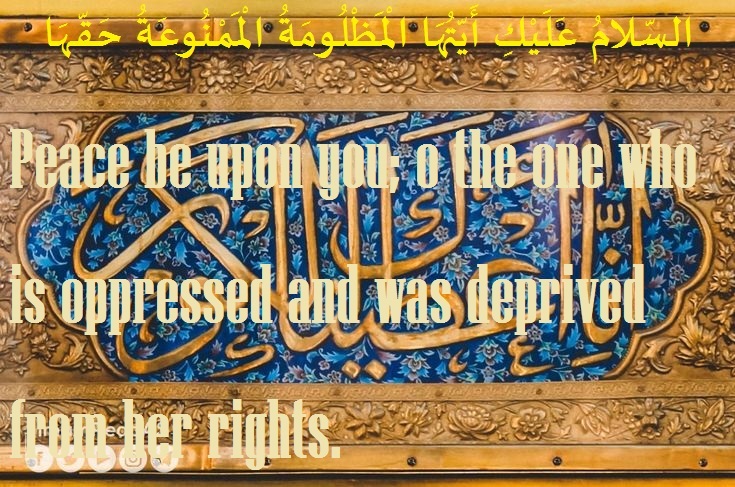
Lady Fāṭimah’s martyrdom
READ MORE
Martyrdom of Lady Fāṭima al-Zahrā

On Tuesday, the 4th of November 2025 A.D. (the 13th of Jamādi al-Awwal 1447 A.H.)
READ MORE
Fadak; the Prophet Muhammad's gift to his daughter (Lady Fatima)

On ءخدday, the 15th of September 2025 A.D. (the 22th of Rabī al-Awwal 1447 A.H.)
READ MORE
Entrance of Imam al-Ridā to Niyshābūr
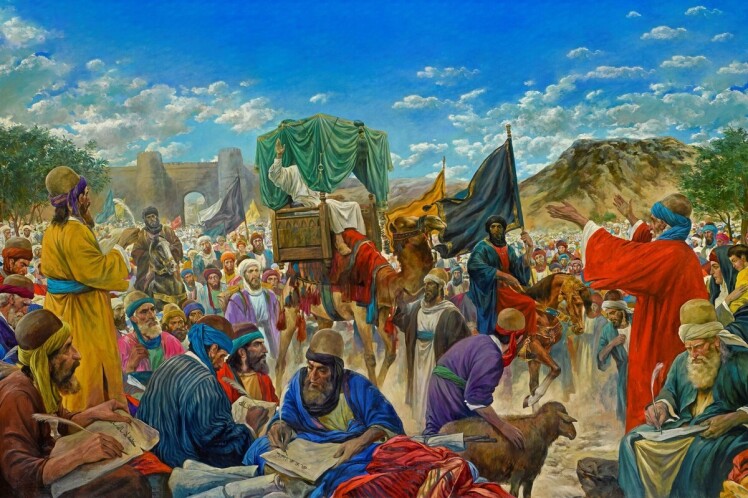
On Wednesday, the 9th of November 2025 A.D. (the 7th of Jumādal-͗ūlā 1447 A.H.)
READ MORE
The Anniversary of Lady Zaynab’s Birthday
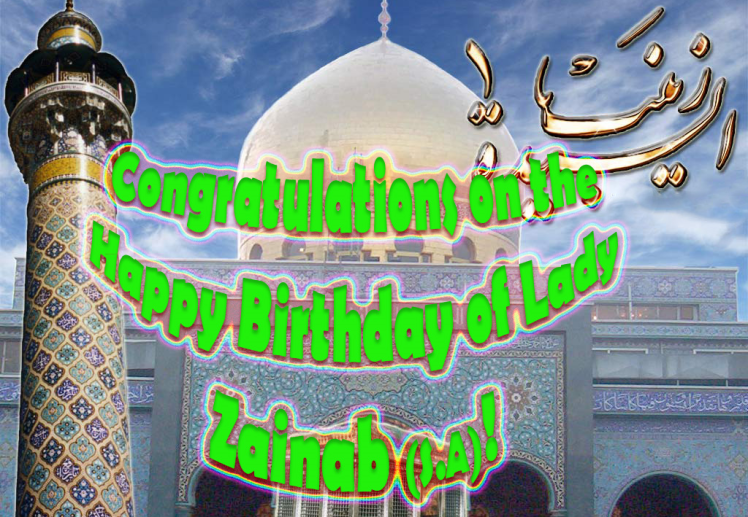
On Monday, the 27th of October 2025 A.D. (the 5th of Jumādal-͗ūlā 1447 A.H.)
READ MORE
The Battle of Mūtah

On Sunday, the 26th of October 2025 A.D. (the 4th of Jumādal-͗ūlā 1447 A.H.)
READ MORE
The Uprising of Mukhtār al-Thaqafī
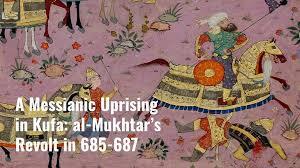
On Tuesday, the 7th of October 2025 A.D. (the 14th of Rabī al-Thānī 1447 A.H.)
READ MORE
Demise of lady Fāṭima al-Maʿsūmah
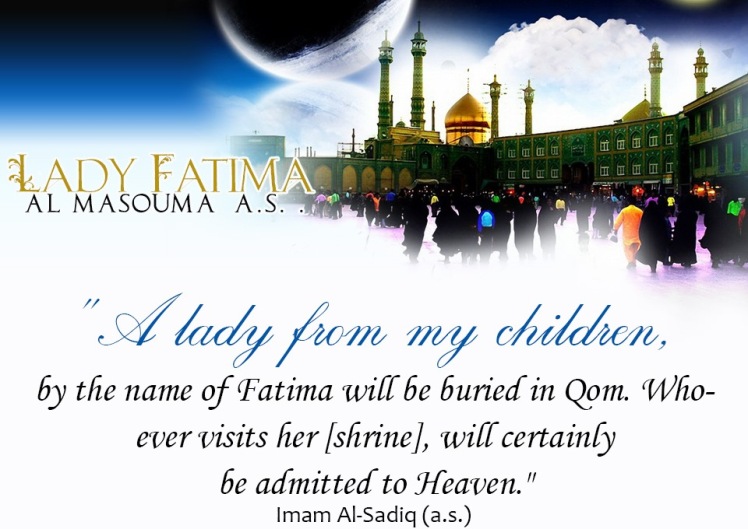
On Friday, the 3rd of October 2025 A.D. (the 10th of Rabīʽ al-Thānī 1447 A.H)
READ MORE
